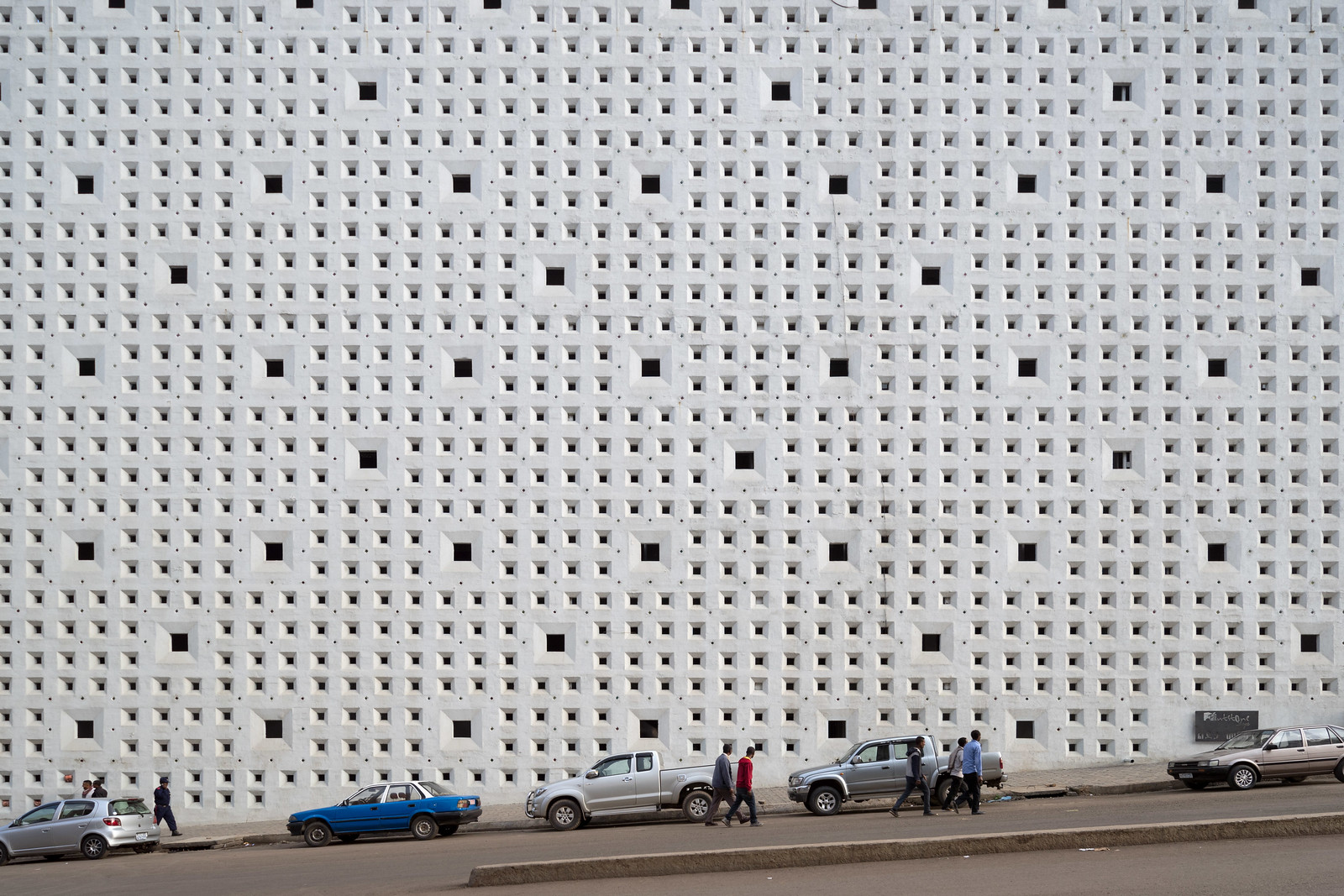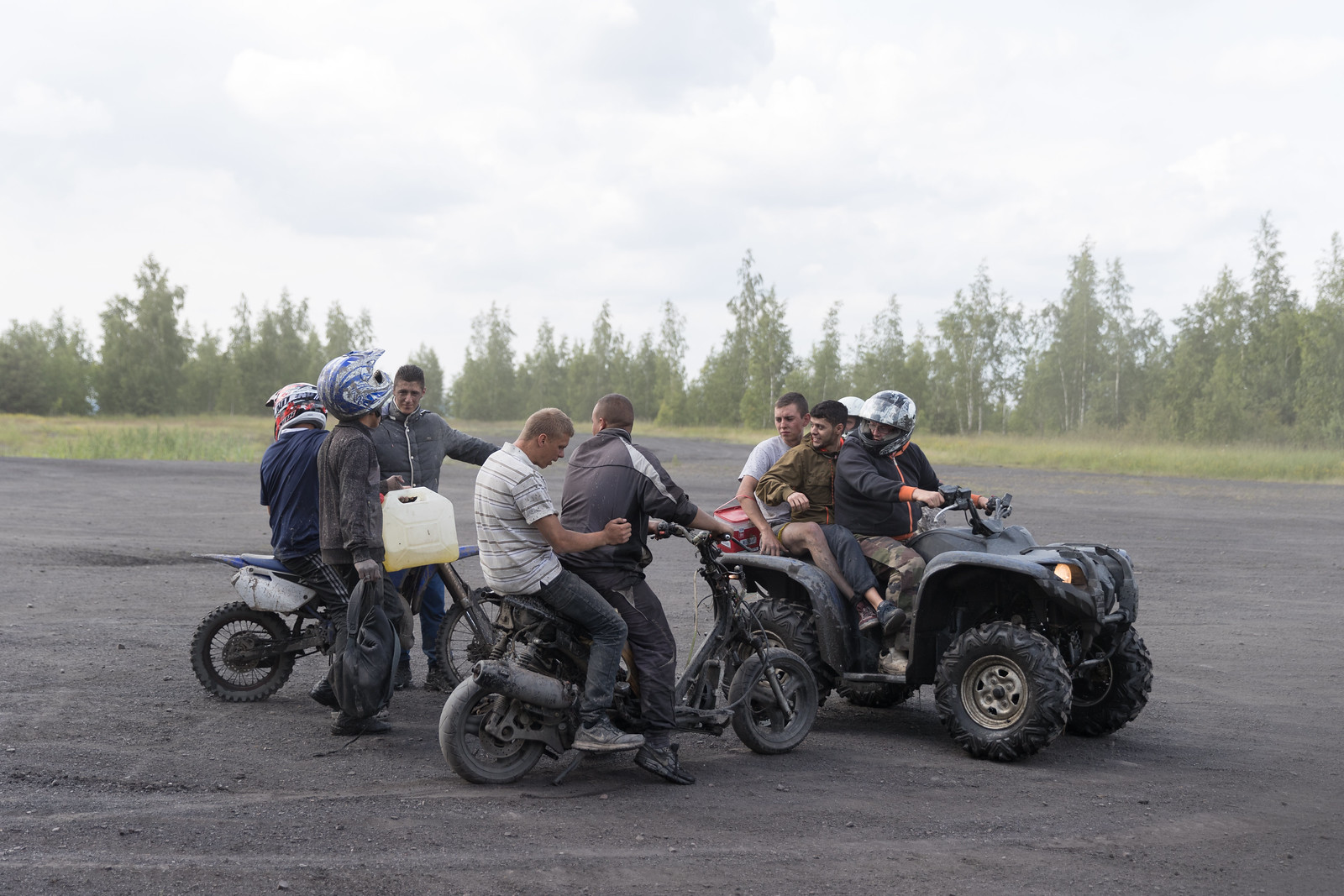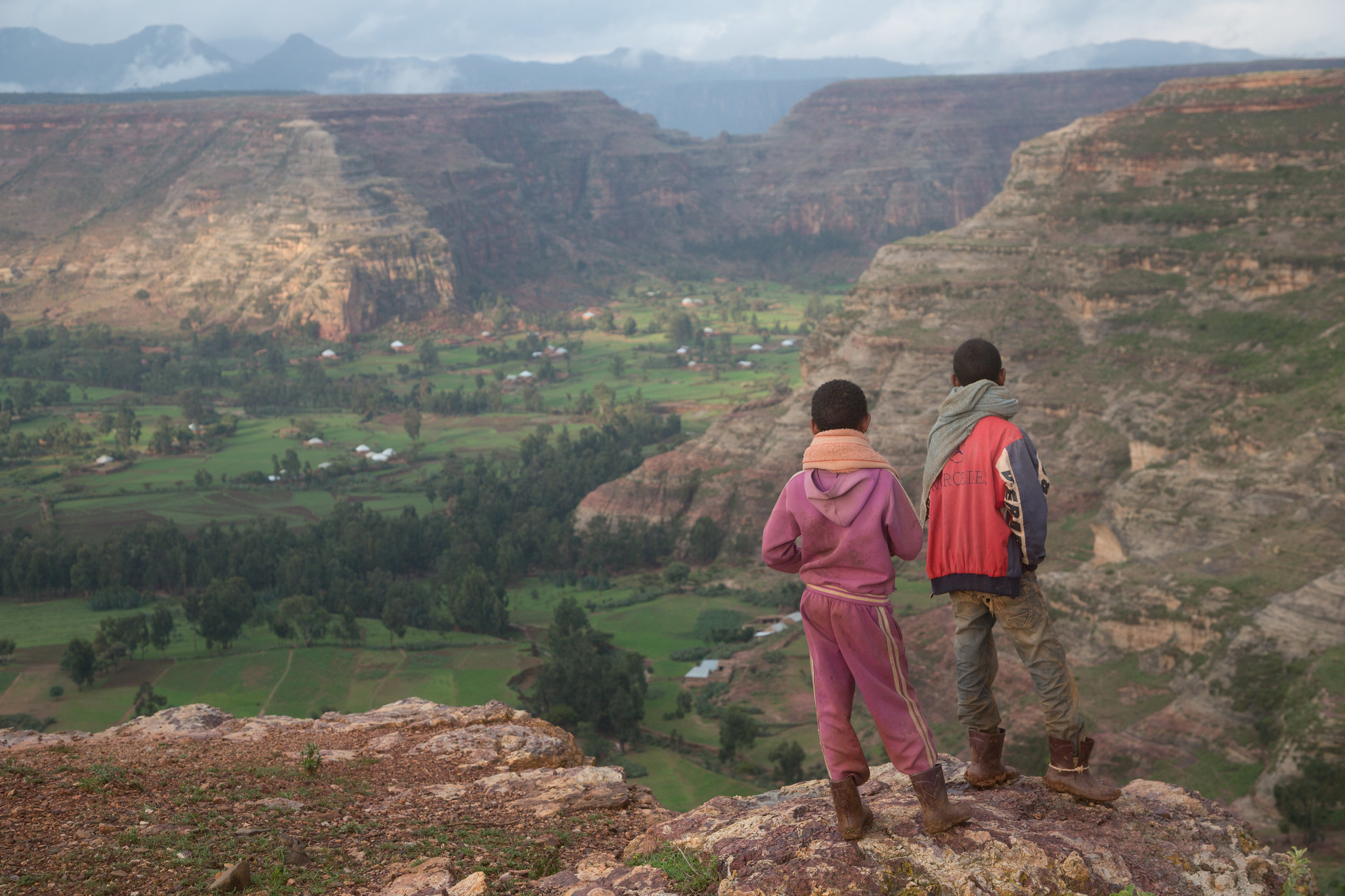Tag: Ethiopia
-

Ethiopian Concrete
One of the things I was most excited about for my visit to Ethiopia with Brian Ashby and Susannah Ribstein was the opportunity to see its modernist buildings. The thing was, I didn’t really know what we would see. African modernist architecture is chronicled in books like African Modernism: The Architecture of Independence or celebrated…
-

2016 in Review: Nearly As Much There As Here
2016 was another year of travel, but unlike previous years, my explorations were more international than domestic: for more than two months I made work in Belgium, Ethiopia, France, Ireland, Japan, Northern Ireland, and the United Arab Emirates. One month of that period was for a residency in the North of France and Belgium. The…
-

The Battle Between Ethiopian Boys and Monkeys
The cliffs and plateaus of the Agame massif. One of the unexpected experiences of my trip to Ethiopia’s Tigray region was witnessing the daily conflict between local boys and gelada monkeys. Endemic to Ethiopia, gelada monkeys are especially plentiful in the country’s central northern mountains. While some of these areas are protected “natural” lands, a…